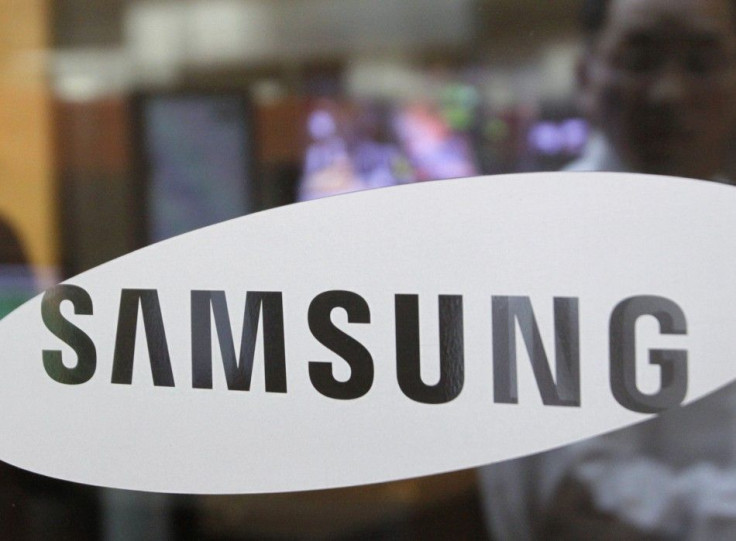Samsung's Flexible Phone Still Far Off, But New Demo Showcases Amazing Transparent Tech [VIDEO]

It’s no secret that Samsung has been crafting flexible displays for its forthcoming mobile products. However, a new video gives users a fresh look at the futuristic lifestyle that can come from these kinds of devices.
The promotional clip, courtesy of OLED-Display.net, highlights the potential benefits of transparent screens in everyday life. For example, a user is seen holding what appears to be a newspaper that has been condensed into a single, thin, handheld transparent screen. GPS navigation systems are built into a car’s windshield, and locations can be selected with a simple swipe and a tap.
The YOUM-branded flexible panels initially appeared at 2011’s Consumer Electronics Showcase, and a number of demo videos have cropped up on the Internet since then. Unlike standard displays, this new technology incorporates plastic into the screen’s build rather than glass, allowing for more opportunities to create unusual form factors.
The most recent video demonstrated how implementing transparent flexible displays in an office could change the workplace. When sitting at one’s desk, a user could simply swipe to access a touch screen keyboard and swipe again to discard it. The monitor would also, of course, be transparent and would let users touch the thin, clear screen to use its features.
In addition to showcasing the advantages of transparency, the video made sure to depict the ways flexibility would come in handy. During another car scene, a user pulls a touch screen out of the side of his pen. The bendable display technology was also used to create a wearable wristband that appeared to have the home screen of a smartphone as its default display.
However, Samsung fans shouldn’t expect to see electronic wristbands or transparent computers any time too soon. The Korea-based company just pushed back mass production of this flexible technology until 2013 at the earliest, according to Korean news source ET News. The electronics firm shared these plans at the end of October as it recently ramped up production of its traditional glass AMOLED panels.
Samsung is hoping to increase its AMOLED substrate production from approximately 56,000 units per month to roughly 64,000 units, Slash Gear reports. This could be the result of Samsung’s widely successful mobile product launches in recent months, such as its flagship Galaxy S3 and newly released Galaxy Note 2.
It was just announced earlier this week that Samsung has sold 30 million units of the Galaxy S3 within five months of its release. This doubles the sales of its predecessor, the Galaxy S2, which took 14 months to reach the 30 million mark.
Head of Samsung Mobile Jong-kyun Shin also predicted that the recently-launched Galaxy Note 2 will double the sales of its predecessor.
Some are speculating that the Galaxy S4, the rumored follow-up the current generation flagship, will feature this flexible display technology. However, this can only be considered rumor at this point since Samsung has not specified what the bendable panels would be used for.
Check out the video below to see what the world would be like if flexible and transparent technology became the norm.
© Copyright IBTimes 2024. All rights reserved.






















